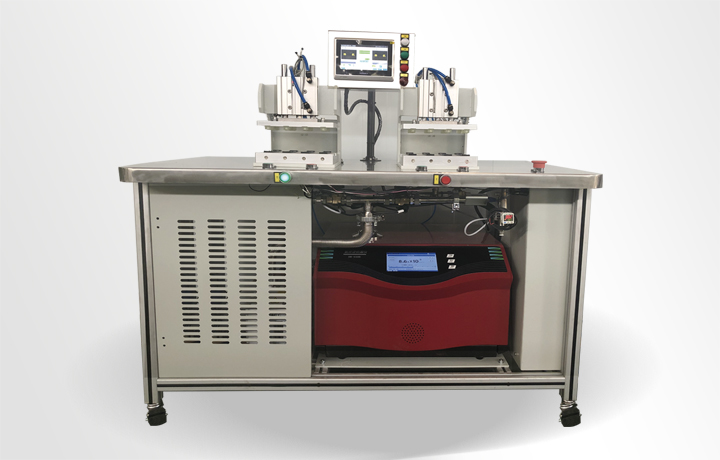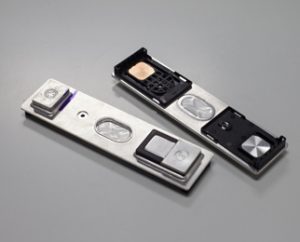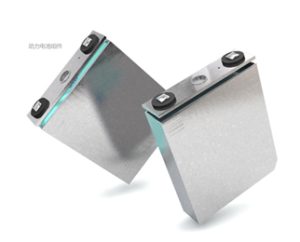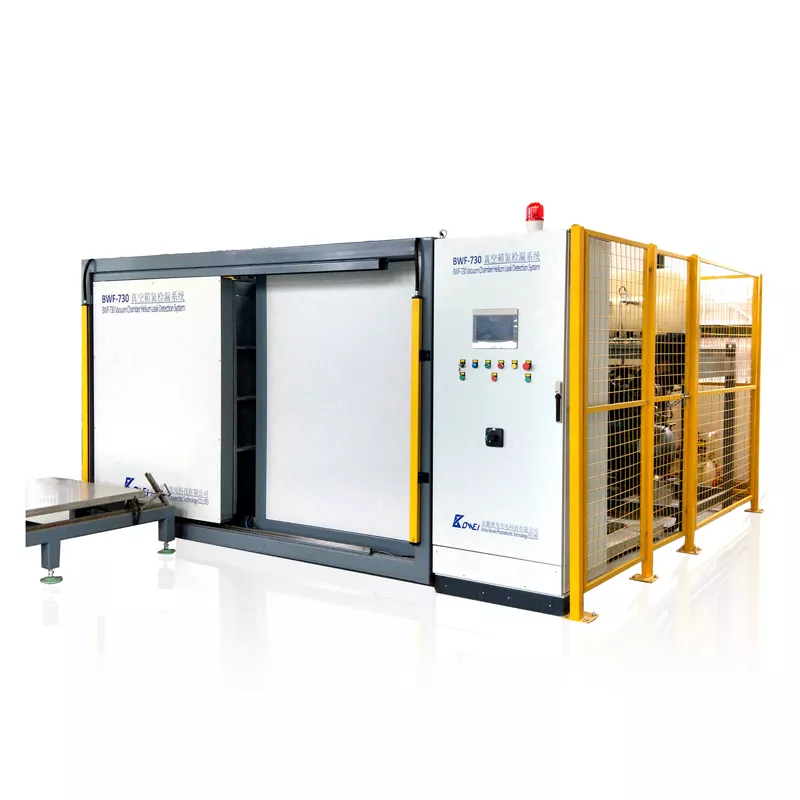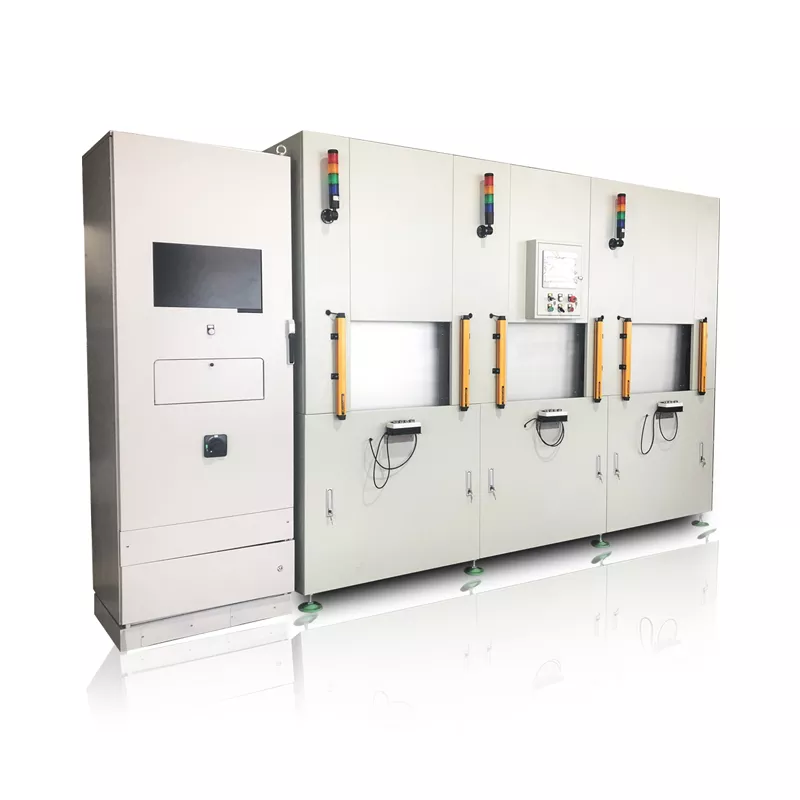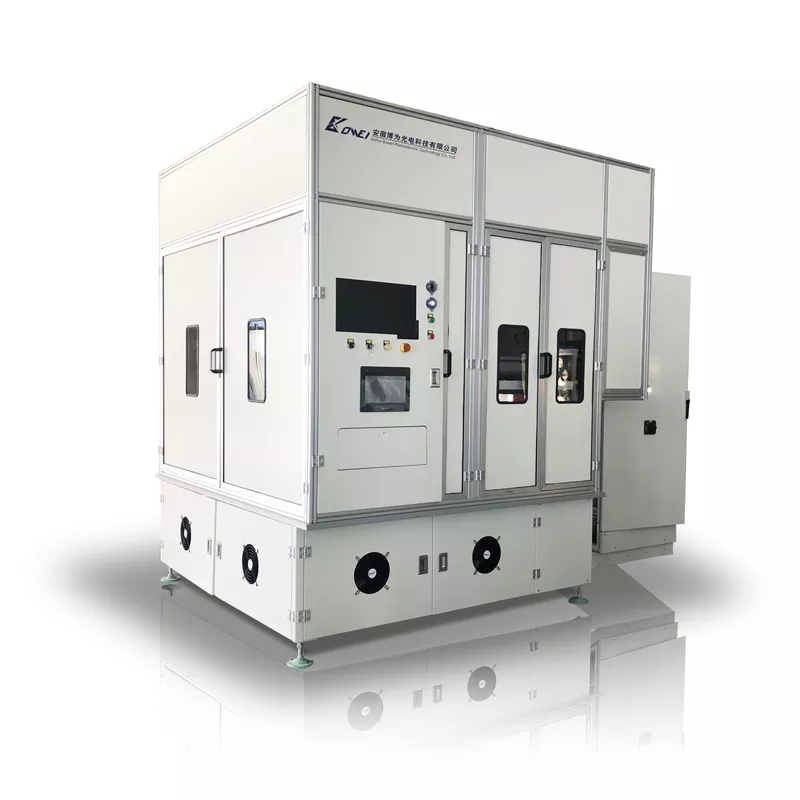Suitable for lithium battery cover plate leak detection, dual station detection reasonable coordination of loading and unloading and leak detection process, greatly improve the detection beat; Helium, an inert gas, is selected as the tracer gas, which has the characteristics of high safety, low molecular weight, high penetration and strong diffusion, etc., making helium mass spectrometry leak detector with the advantages of high speed, stable and reliable, and strong consistency compared with traditional detection methods.
Reasons for Battery Cover Leakage Inspection:
Preventing Electrolyte Leakage: The battery cover is a critical component of the battery packaging. If the cover seal is not properly maintained, electrolyte leakage may occur, leading to battery performance degradation, short circuits, and even safety hazards such as thermal runaway or explosion. The electrolyte in lithium batteries is particularly corrosive and easily reacts with air and moisture, posing a threat to equipment and personnel.
Ensuring Battery Stability: The sealing of the battery cover directly impacts the internal and external stability of the battery. Leaks in the cover allow moisture, oxygen, or other contaminants to enter the battery, affecting its electrochemical performance and shortening its service life.
Improving Battery Safety: Leaks in the battery cover can cause excessive internal pressure, leading to expansion or explosion. The sealing of the cover is particularly important under high temperature, high pressure, or other extreme operating conditions. Regular cover leak testing can effectively prevent these safety hazards.
Meeting Quality Control and Standard Requirements: In the lithium battery production process, the sealing of the battery cover is a key indicator of product quality. Leak detection ensures that batteries meet relevant safety standards and quality control requirements, avoiding returns, complaints, and production delays due to quality issues.
Improving production efficiency: By promptly identifying and correcting poor cover seals during production, rework and scrap are reduced, improving production efficiency and lowering costs.


